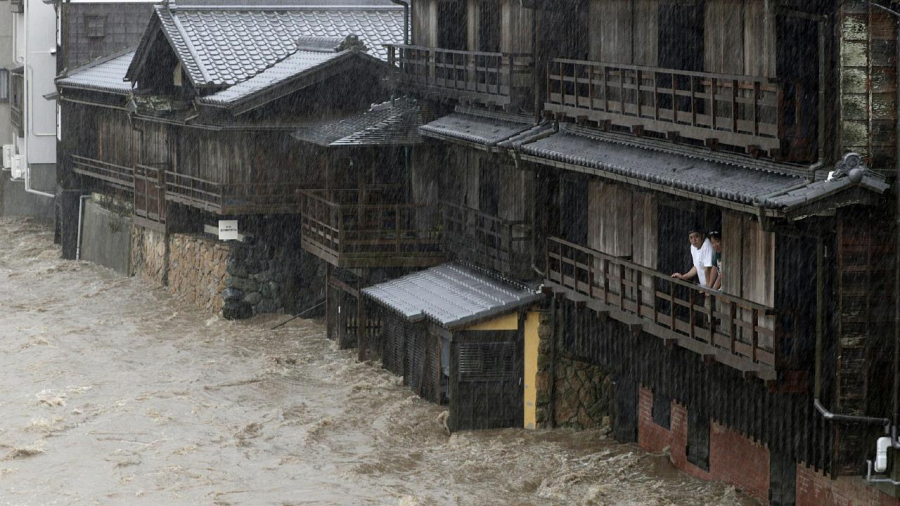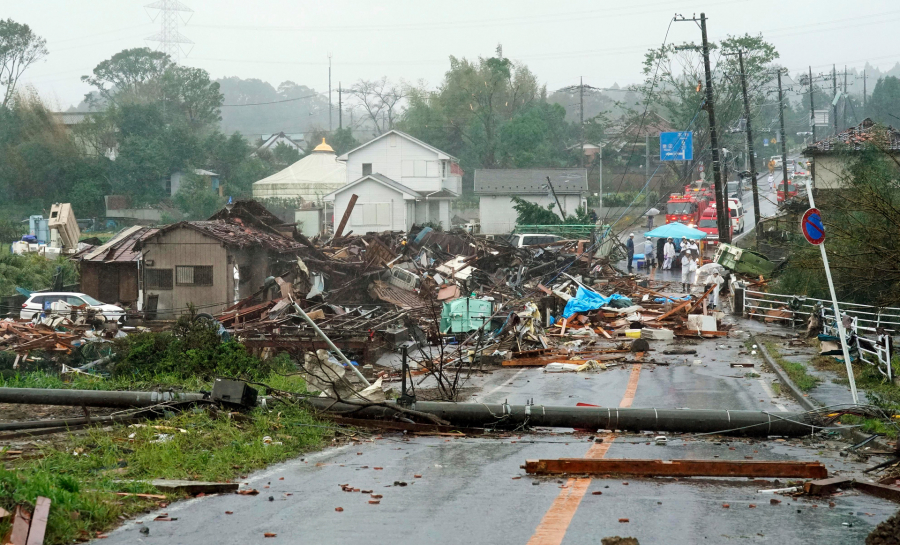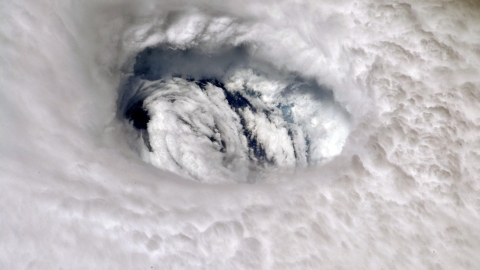All flights from Narita Airport (Tokyo) were canceled until at least the morning of October 13. Subway trains between Tokyo, Nagoya and Osaka were also suspended from October 12.

Public transport system in Japan stopped operating
According to some Vietnamese tourists stuck at Narita Airport, since October 12, most of the shops at the airport have been closed, with only a few restaurants remaining open. At around 5 p.m. the same day, the airport loudspeaker system announced the distribution of sleeping bags and food to stranded passengers. Hundreds of people lined up neatly to receive water and dry food. Among them were about 30-40 Vietnamese.

Narita Airport records more than 1,500 international passengers stuck here
On Saturday, October 14, 2019, the Japan Meteorological Agency issued a level 5 warning, the highest level, for super typhoon Hagibis and urged 45 million residents in Tokyo, Kanagawa, Saitama, Gunma, Yamanashi and Nagano prefectures to seek evacuation.

By Sunday morning, the government had lifted the flood warning for the Kanto region surrounding Tokyo. However, new flood warnings were issued for areas further north after Typhoon Hagibis swept through the capital.
According to NHK, seven people have died so far. Among them is a man in his 60s who was found in a flooded apartment. Seventeen people are missing, about 80 are injured, and more than 270,000 households are without power.

Hagibis is considered the most destructive super typhoon in Japan in the past 60 years.
Attention is now focused on Fukushima, home to the Fukushima nuclear power plant that was crippled by the 2011 earthquake and tsunami. Tokyo Electric Power Company reported abnormalities last night from sensors monitoring water supplies in the city.






























